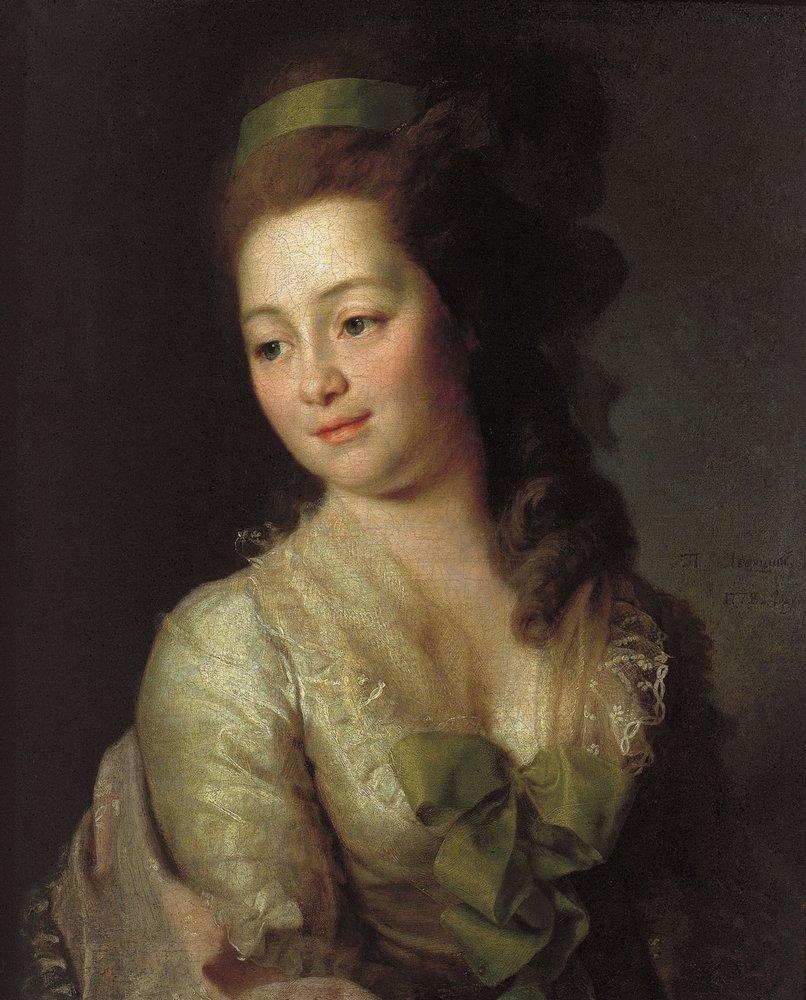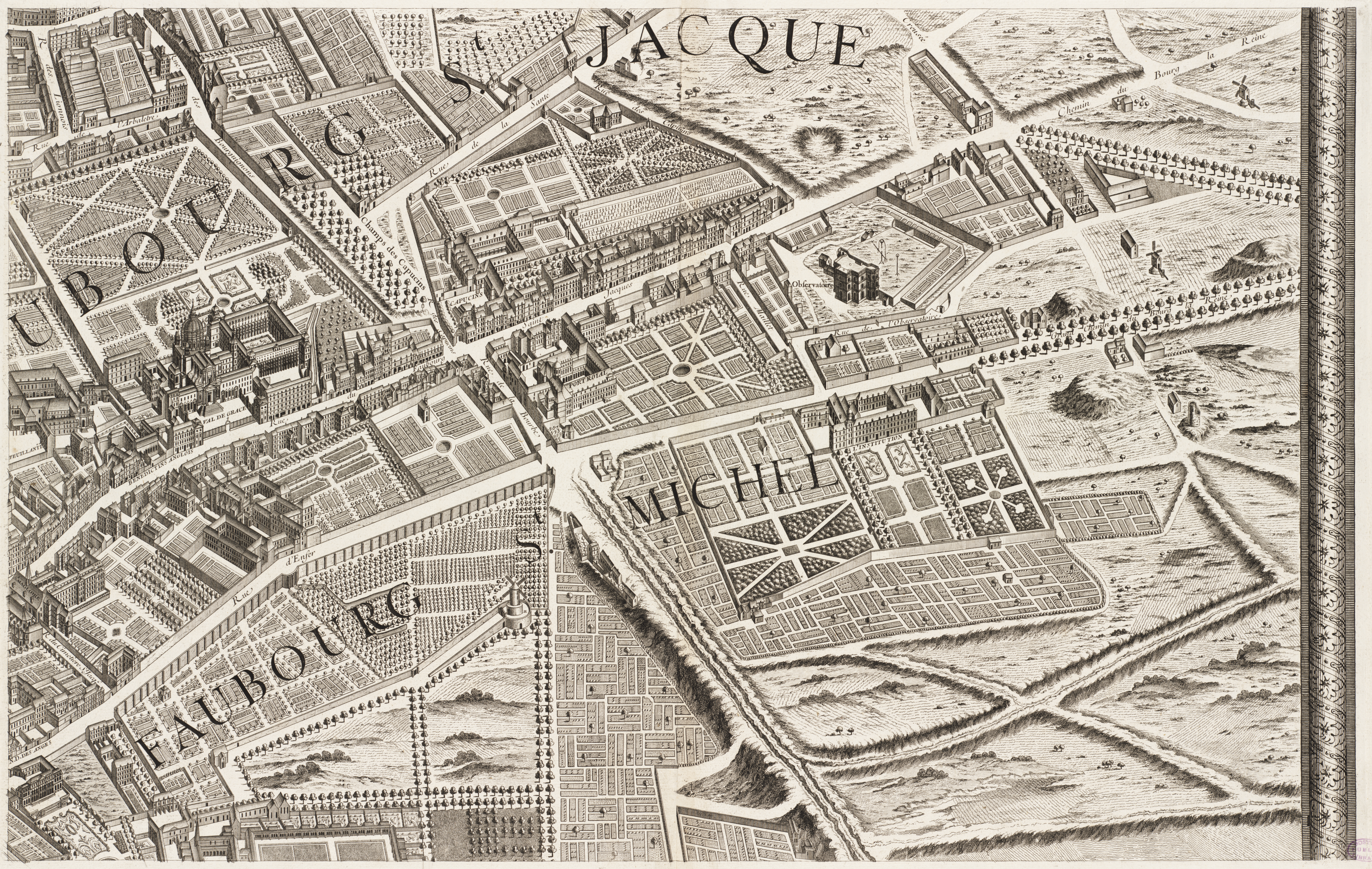|
Dacha Durnovo
Dacha Durnovo ''(russian: Дача Дурново)'' is the countryside manor of Bakunin family (XVIII c.) and Durnovo family (XIX c.). It is an architectural monument of classicism, located on 22 Sverdlovsk Embankment (previously Polyustrovsky Embankment), St. Petersburg, Russia. ''(russian: Свердловская Набережная, 22)'' History Original country villa was built for Piotor Valilievich Bakunin in the 1780s, presumably by architect Nikolay Lvov. In 1786 the estate was passed to the Pavel Petrovich Bakunin. It was resold several more times thereafter. One of the owners was a Pavel Ivanovich Kutaisov. In 1813 it was acquired by Dmitry Nikolaevich Durnovo, who ordered its major reconstruction, presumably executed by architect Andrey Aleksevich Mikhailov. The reconstruction project lasted from 1813 to 1826. Post-reconstruction mention acquired a park/garden that became famous for its nightingales. Anarchist expropriation In the turmoil and confusion which followed ... [...More Info...] [...Related Items...] OR: [Wikipedia] [Google] [Baidu] |
Nikolay Lvov
Nikolay Aleksandrovich Lvov (May 4, 1753 – December 21, 1803) was a Russian artist of the Age of Enlightenment. Lvov, an amateur of Rurikid lineage, was a polymathBohlman, p. 45. who contributed to geology, history, graphic arts and poetry, but is known primarily as an architect and ethnographer, compiler of the first significant collection of Russian folk songs (the Lvov-Prach collection). Lvov's architecture represented the second, "strict" generation of neoclassicism stylistically close to Giacomo Quarenghi.Shuisky, p. 128. Lvov worked in Saint Petersburg but his best works survived in the countryside, especially his native Tver Governorate. He redesigned the external appearance of Peter and Paul Fortress and created an unprecedented Trinity Church combining a Roman rotunda with one-of-a-kind pyramidal bell tower. He adapted rammed earth technology to the environment of Northern Russia and used it in his extant Priory Palace in Gatchina; Lvov's construction school, e ... [...More Info...] [...Related Items...] OR: [Wikipedia] [Google] [Baidu] |
Faubourg St
"Faubourg" () is an ancient French term historically equivalent to " fore-town" (now often termed suburb or ). The earliest form is , derived from Latin , 'out of', and Vulgar Latin (originally Germanic) , 'town' or 'fortress'. Traditionally, this name was given to an agglomeration forming around a throughway leading outwards from a city gate, and usually took the name of the same thoroughfare within the city. As cities were often located atop hills (for defensive purposes), their outlying communities were frequently lower down. Many faubourgs were located outside the city walls, and "suburbs" were further away from this location (, "below"; , "city"). Faubourgs are sometimes considered the predecessor of European suburbs, into which they sometimes evolved in the 1950s and 1960s, while others underwent further urbanisation. Although early suburbs still conserved some characteristics related to faubourgs (such as the back alleys with doors, little break margins for houses), lat ... [...More Info...] [...Related Items...] OR: [Wikipedia] [Google] [Baidu] |
Dacha Durnovo, St Petersburg01
A dacha ( rus, дача, p=ˈdatɕə, a=ru-dacha.ogg) is a seasonal or year-round second home, often located in the exurbs of post-Soviet countries, including Russia. A cottage (, ') or shack serving as a family's main or only home, or an outbuilding, is not considered a dacha, although some dachas recently have been converted to year-round residences and vice versa. The noun "dacha", coming from verb "davat" (''to give''), originally referred to land allotted by the tsar to his nobles; and indeed the dacha in Soviet times is similar to the allotment in some Western countries – a piece of land allotted, normally free, to citizens by the local government for gardening or growing vegetables for personal consumption. With time the name for the land was applied to the building on it. In some cases, owners occupy their dachas for part of the year and rent them to urban residents as summer retreats. People living in dachas are colloquially called ''dachniki'' (); the term usually ... [...More Info...] [...Related Items...] OR: [Wikipedia] [Google] [Baidu] |
Petrograd Soviet
The Petrograd Soviet of Workers' and Soldiers' Deputies (russian: Петроградский совет рабочих и солдатских депутатов, ''Petrogradskiy soviet rabochikh i soldatskikh deputatov'') was a city council of Petrograd (Saint Petersburg), the capital of Russia at the time. For brevity, it is usually called the Petrograd Soviet (russian: Петроградский совет, ''Petrogradskiy soviet''). The Soviet was established in March 1917 after the February Revolution as a representative body of the city's workers and soldiers, while the city already had its well-established city council, the (Central Duma). During the revolutionary days, the council tried to extend its jurisdiction nationwide as a rival power center to the Provisional Government, creating what in Soviet historiography is known as the '' Dvoyevlastiye'' (Dual power). Its committees were key components during the Russian Revolution and some of them led the armed revolt of th ... [...More Info...] [...Related Items...] OR: [Wikipedia] [Google] [Baidu] |
Russian Provisional Government
The Russian Provisional Government ( rus, Временное правительство России, Vremennoye pravitel'stvo Rossii) was a provisional government of the Russian Republic, announced two days before and established immediately after the abdication of Nicholas II. The intention of the provisional government was the organization of elections to the Russian Constituent Assembly and its convention. The provisional government, led first by Prince Georgy Lvov and then by Alexander Kerensky, lasted approximately eight months, and ceased to exist when the Bolsheviks gained power in the October Revolution in October Old_Style_and_New_Style_dates.html" ;"title="ovember, Old Style and New Style dates">N.S.1917. According to Harold Whitmore Williams, the history of the eight months during which Russia was ruled by the Provisional Government was the history of the steady and systematic disorganization of the army. For most of the life of the Provisional Government, th ... [...More Info...] [...Related Items...] OR: [Wikipedia] [Google] [Baidu] |
Paul Avrich
Paul Avrich (August 4, 1931 – February 16, 2006) was a historian of the 19th and early 20th century anarchist movement in Russia and the United States. He taught at Queens College, City University of New York, for his entire career, from 1961 to his retirement as distinguished professor of history in 1999. He wrote ten books, mostly about anarchism, including topics such as the 1886 Haymarket Riot, 1921 Sacco and Vanzetti case, 1921 Kronstadt naval base rebellion, and an oral history of the movement. As an ally of the movement's major figures, he sought to challenge the portrayal of anarchists as amoral and violent, and collected papers from these figures that he donated as a 20,000-item collection to the Library of Congress. Early and personal life Paul Avrich was born August 4, 1931, in Brooklyn to parents of Jewish and Ukrainian heritage from Odessa. His parents, Rose (née Zapol) Avrich and Murray Avrich, were a Yiddish theater actress and a dress manufacturer, respe ... [...More Info...] [...Related Items...] OR: [Wikipedia] [Google] [Baidu] |
Pavel Milyukov
Pavel Nikolayevich Milyukov ( rus, Па́вел Никола́евич Милюко́в, p=mʲɪlʲʊˈkof; 31 March 1943) was a Russian historian and liberal politician. Milyukov was the founder, leader, and the most prominent member of the Constitutional Democratic party (known as the ''Kadets''). He changed his view on the monarchy between 1905 and 1917. In the Russian Provisional Government, he served as Foreign Minister, working to prevent Russia's exit from the First World War. Pre-revolutionary career Pavel was born in Moscow in the upper-class family of Nikolai Pavlovich Milyukov, a professor in architecture who taught at the Moscow School of Painting, Sculpture and Architecture. Milyukov was a member of the House of Milukoff. Milyukov studied history and philology at the Moscow University, where he was influenced by Herbert Spencer, Auguste Comte, and Karl Marx. His teachers were Vasily Klyuchevsky and Paul Vinogradoff. In summer 1877 he briefly took part in Russ ... [...More Info...] [...Related Items...] OR: [Wikipedia] [Google] [Baidu] |
Kronstadt
Kronstadt (russian: Кроншта́дт, Kronshtadt ), also spelled Kronshtadt, Cronstadt or Kronštádt (from german: link=no, Krone for " crown" and ''Stadt'' for "city") is a Russian port city in Kronshtadtsky District of the federal city of Saint Petersburg, located on Kotlin Island Kotlin (russian: Ко́тлин) ( sv, Reitskär) is a Russian island, located near the head of the Gulf of Finland, west of Saint Petersburg in the Baltic Sea. Kotlin separates the Neva Bay from the rest of the gulf. The fortified city of Kronst ..., west of Saint Petersburg, near the head of the Gulf of Finland. It is linked to the former Russian capital by a combination levee-causeway-seagate, the St Petersburg Dam, part of the city's flood defences, which also acts as road access to Kotlin island from the mainland. Founded in the early 18th century by Peter the Great, it became an important international centre of commerce whose trade role was later eclipsed by its strategic significa ... [...More Info...] [...Related Items...] OR: [Wikipedia] [Google] [Baidu] |
Congress Of Soviets
The Congress of Soviets was the supreme governing body of the Russian Soviet Federative Socialist Republic and several other Soviet republics from 1917 to 1936 and a somewhat similar Congress of People's Deputies from 1989 to 1991. After the creation of the Soviet Union, the Congress of Soviets of the Soviet Union functioned as its legislative branch until its dissolution in 1936. Its initial full name was the "Congress of Soviets of Workers', Soldiers' and Peasants' Deputies". It was also sometimes known as the "Congress of People's Deputies." A similar name also applied in communist-held China in the Republican era. The more precise modern English translation of "s'yezd" (съезд) would be convocation, not congress, making the more precise translation of the full term "Convocation of Councils" rather than "Congress of Soviets". Russia and the Soviet Union The Congress of Soviets was an assembly of representatives of local councils. In theory, it was the supreme power ... [...More Info...] [...Related Items...] OR: [Wikipedia] [Google] [Baidu] |
Finland Station
St Petersburg–Finlyandsky (russian: Станция Санкт-Петербург-Финля́ндский ''Stantsiya Sankt-Peterburg-Finlyandskiy'', in spoken language usually just russian: Финля́ндский вокзал ''Finlyandskiy vokzal'', "Finland Station") , is a railway station in St. Petersburg, Russia, handling transport to westerly destinations including Helsinki and Vyborg. The station is most famous for having been the location where Vladimir Lenin returned to Russia from exile in Switzerland on 16 April 1917 ( N.S.), ahead of the October Revolution. The main entrance to the metro station Ploshchad Lenina is in the main building of Finland Station. History Finland Station was built by Finnish State Railways as the eastern terminus of the Riihimäki–Saint Petersburg railway. It was designed by Swedish architects and opened in 1870. The station formerly contained a special pavilion for Russian royalty. Russian Revolution The station was owned an ... [...More Info...] [...Related Items...] OR: [Wikipedia] [Google] [Baidu] |
Neva
The Neva (russian: Нева́, ) is a river in northwestern Russia flowing from Lake Ladoga through the western part of Leningrad Oblast (historical region of Ingria) to the Neva Bay of the Gulf of Finland. Despite its modest length of , it is the fourth-largest river in Europe in terms of average discharge (after the Volga, the Danube and the Rhine). The Neva is the only river flowing from Lake Ladoga. It flows through the city of Saint Petersburg, the three smaller towns of Shlisselburg, Kirovsk and Otradnoye, and dozens of settlements. It is navigable throughout and is part of the Volga–Baltic Waterway and White Sea–Baltic Canal. It is the site of many major historical events, including the Battle of the Neva in 1240 which gave Alexander Nevsky his name, the founding of Saint Petersburg in 1703, and the Siege of Leningrad by the German army during World War II. The river played a vital role in trade between Byzantium and Scandinavia. Etymology The earliest people ... [...More Info...] [...Related Items...] OR: [Wikipedia] [Google] [Baidu] |


.jpg)


